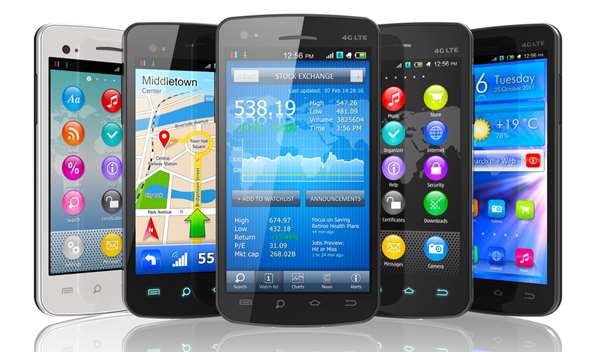
In financial services, customer service isn’t just about addressing concerns; it’s about building lasting relationships.
The advent of mobile apps has been transformative, turning smartphones into essential tools for improving these relationships. These apps provide a new edge in customer service, enhancing both interaction and satisfaction. How exactly are they reshaping the customer experience for financial institutions and direct lenders?
The Role of Mobile Apps in Enhancing Customer Experience
Imagine having a piece of software in your customers’ pockets that can amplify your financial services – that’s what a robust mobile app can do for banks and lenders. They’re more than just screens – they’re the first point of contact between your customers and your brand. So what separates a stellar mobile app from the rest of the pack?
Convenience and Accessibility
Consider the convenience of having a bank in your pocket. Gone are the days of bank hours and phone-based finance. Mobile apps bring your financial life to your phone, so you can check in, move money, or ask for help whenever, wherever it suits you best. This constant availability removes traditional barriers, ensuring customers can get assistance without delays.
Personalization and Customer Engagement
Personalization takes the user experience from generic to dynamic. Mobile apps can use data to tailor offerings and suggestions based on individual preferences. This personal touch not only engages customers but makes them feel valued and understood. How much more inclined are you to use a service that knows your needs even before you do?
Key Features of Customer Service Mobile Apps
For financial institutions looking to harness the power of mobile applications, certain features are non-negotiable. What elements should these apps include to truly shine?
Chatbots and AI Support
Incorporating AI in customer service apps automates responses to common inquiries, providing instant support. Chatbots can assist with everything from account queries to complex troubleshooting, swiftly handling tasks that would otherwise require live agents. This not only speeds up service but allows human representatives to handle more nuanced issues.
Secure Messaging and Communication
Security in communication is paramount, especially when discussing sensitive financial data. Mobile apps must offer encrypted messaging services, ensuring that exchanges between customers and agents remain confidential and secure.
Transaction Notifications and Alerts
Real-time notifications about transactions are crucial. They keep customers informed about their financial activities instantaneously. Whether it’s an alert for a large withdrawal or a low balance warning, these updates enhance transparency and offer timely insights.
Benefits of Mobile Apps for Financial Institutions
Embracing mobile technology is not just beneficial for consumers; financial institutions stand to gain significantly. What are the tangible benefits they can expect?
Cost Reduction and Efficiency
Mobile apps streamline operations, reducing the need for resources and manual labor. By automating routine tasks, they cut down on operational costs, freeing up funds for other initiatives. Moreover, they speed up service delivery, enhancing overall efficiency. It’s like replacing a slow walk with a brisk jog.
Increased Customer Loyalty and Retention
Satisfied customers become loyal customers. Effective mobile apps fortify customer relationships by providing reliable, pleasant experiences. When people feel appreciated through seamless service, they’re more likely to stay and advocate for your institution. Isn’t gaining a customer’s trust the ultimate victory?

Mobile App Usage and Statistics
The following stats highlight the significant growth and widespread adoption of mobile apps in the financial service industry:
- Adoption Rate: Approximately 80% of smartphone owners worldwide are projected to use mobile banking apps.
- User Growth: The number of mobile banking users is expected to reach 3.6 billion by the end of 2024, up from 2.7 billion in 20203.
- Popularity: Mobile banking is the most popular banking option, with nearly 41% of consumers preferring it over other methods.
Challenges and Considerations
Yet, despite their benefits, building and maintaining a mobile app isn’t without hurdles. What challenges might institutions face in this endeavor?
Data Security and Privacy Concerns
Handling sensitive financial information requires airtight security. Institutions must adopt robust encryption protocols to protect user data. As cyber threats evolve, so must security measures.
User Adoption and Training
A great app is useless if people don’t use it. Encouraging customers to adopt new technology involves simple, intuitive design and effective user education. Training is critical—not just for customers, but for staff who support them.
Summing Up
Mobile apps are not just modern conveniences; they are essential tools that transform how financial institutions serve their customers. By prioritizing user-friendly design, personalization, and robust security, these apps craft a smoother, more engaging service experience. For banks and similar entities, adapting to this technological shift is not just wise—it’s imperative. Can any financial institution afford to ignore the benefits of modern, streamlined mobile customer service?




